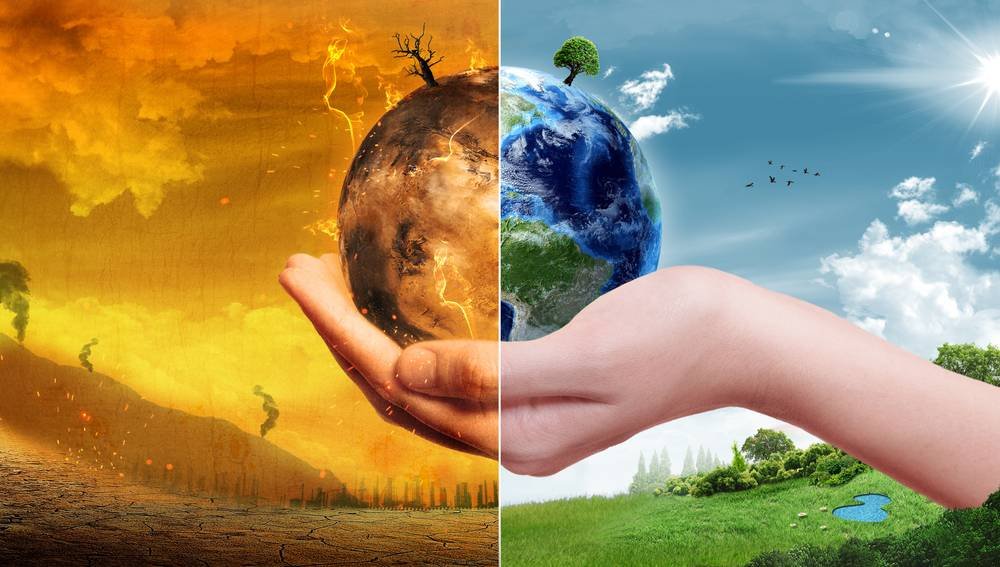Climate Change and Global Action Plans

Introduction to Climate Change
Climate change is an evolving global crisis defined by long-term shifts in temperatures and weather patterns, primarily driven by human activity. Industrialization, deforestation, and the relentless burning of fossil fuels have accelerated the release of greenhouse gases, leading to unprecedented environmental changes. These changes are not abstract; they are evident in the melting polar ice caps, rising sea levels, and intensified natural disasters.
Current State of the Planet
The Earth’s ecosystems are strained under the weight of climate change. Glaciers are retreating at alarming rates, while prolonged droughts have become common in regions that once boasted fertile lands. Biodiversity is suffering as species struggle to adapt to rapidly changing habitats. Coral reefs, often referred to as the “rainforests of the sea,” are bleaching and dying due to warming ocean temperatures.
The Role of International Agreements
Global treaties like the Paris Agreement serve as a beacon of hope. Signed by 196 parties, this landmark accord aims to limit global warming to well below 2°C compared to pre-industrial levels. Such agreements emphasize the necessity of global collaboration, urging nations to commit to reducing emissions and adopting cleaner technologies. Without these unified efforts, individual actions risk falling short in addressing this monumental challenge.
Innovative Solutions to Combat Climate Change
The adoption of renewable energy sources is transforming how we power our lives. Solar and wind energy are no longer fringe alternatives but mainstream solutions. Moreover, cutting-edge carbon capture and storage technologies promise to mitigate emissions from industrial activities. Innovations such as these not only combat climate change but also pave the way for a sustainable future.
The Role of Individuals in Driving Change
Individual actions collectively drive significant change. From reducing energy consumption to choosing eco-friendly products, small steps have ripple effects. The growing preference for sustainable trends, such as vaping products like kado bar vape, showcases how consumer behavior can align with environmental consciousness. Such shifts highlight the power of individuals in shaping markets and influencing industries toward greener practices.
Challenges to Global Action Plans
Despite progress, numerous obstacles hinder effective climate action. Political resistance often stems from economic concerns, as transitioning to sustainable practices can initially appear costly. Furthermore, misinformation campaigns sow doubt about the urgency of climate change, reducing public support for necessary policies. Overcoming these challenges requires education, transparency, and unwavering commitment.
Success Stories and Ongoing Efforts
Countries like Denmark and Costa Rica are leading by example, showcasing the feasibility of achieving carbon neutrality. Corporate giants are also stepping up, investing in renewable energy and launching green initiatives. These success stories demonstrate that change is not only possible but also profitable and sustainable in the long run.
Future Outlook and Urgency for Action
The stakes have never been higher. Without immediate and sustained action, the planet faces a grim future characterized by extreme weather events, food insecurity, and displacement of populations. However, hope lies in the younger generations, whose advocacy and innovation are shaping a more sustainable trajectory. They remind us that the window for meaningful action is narrow but still open.



